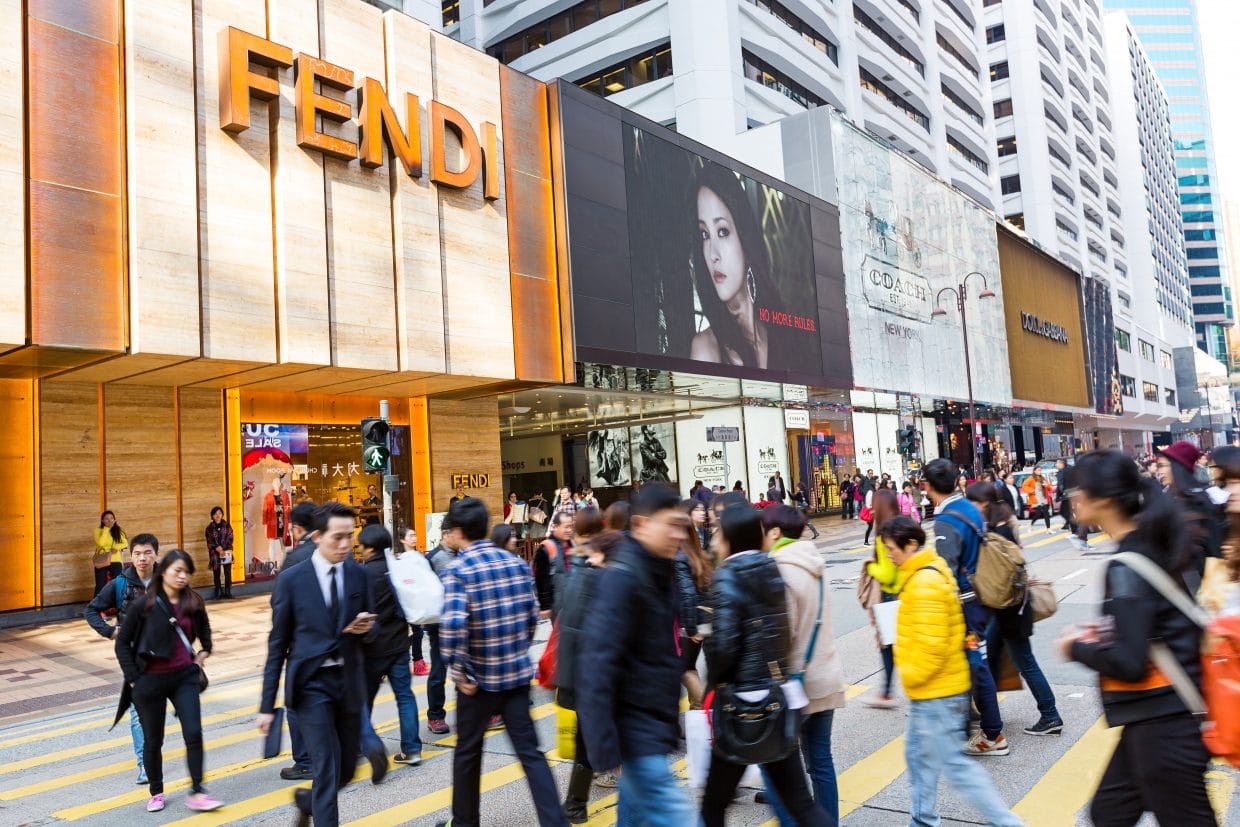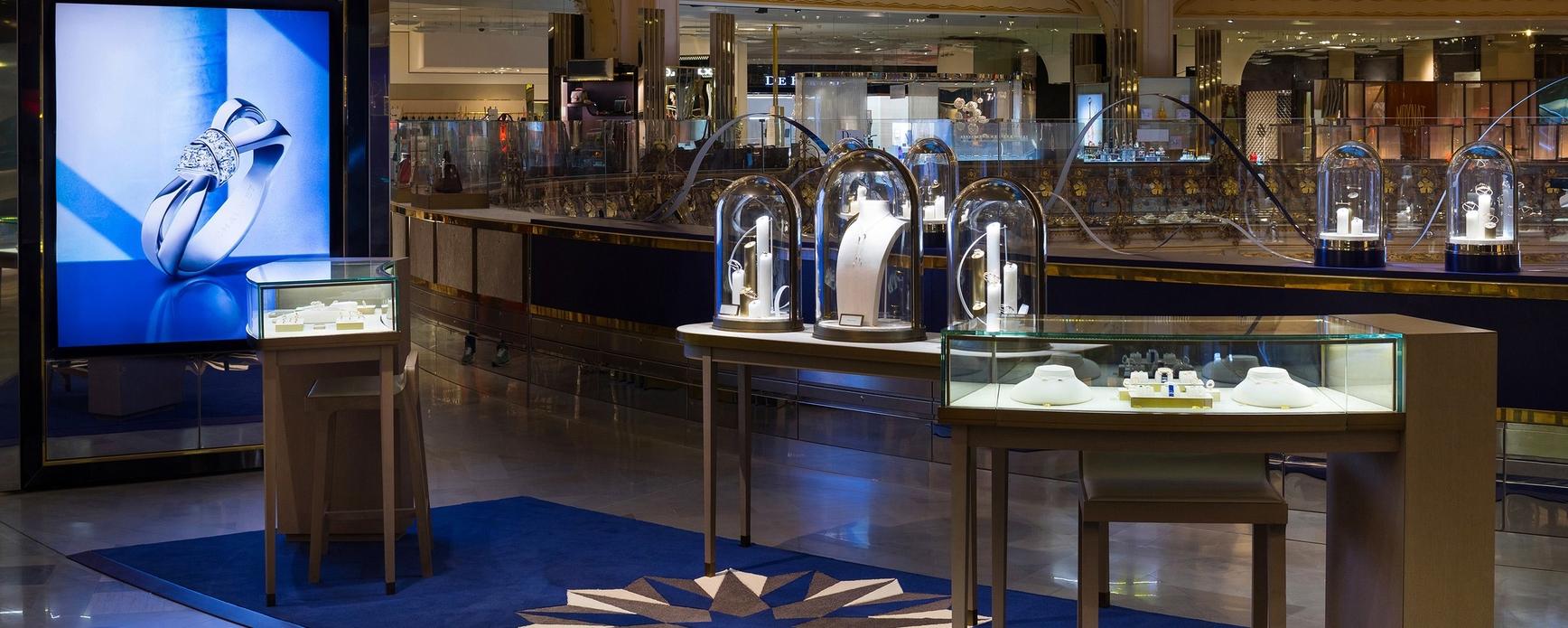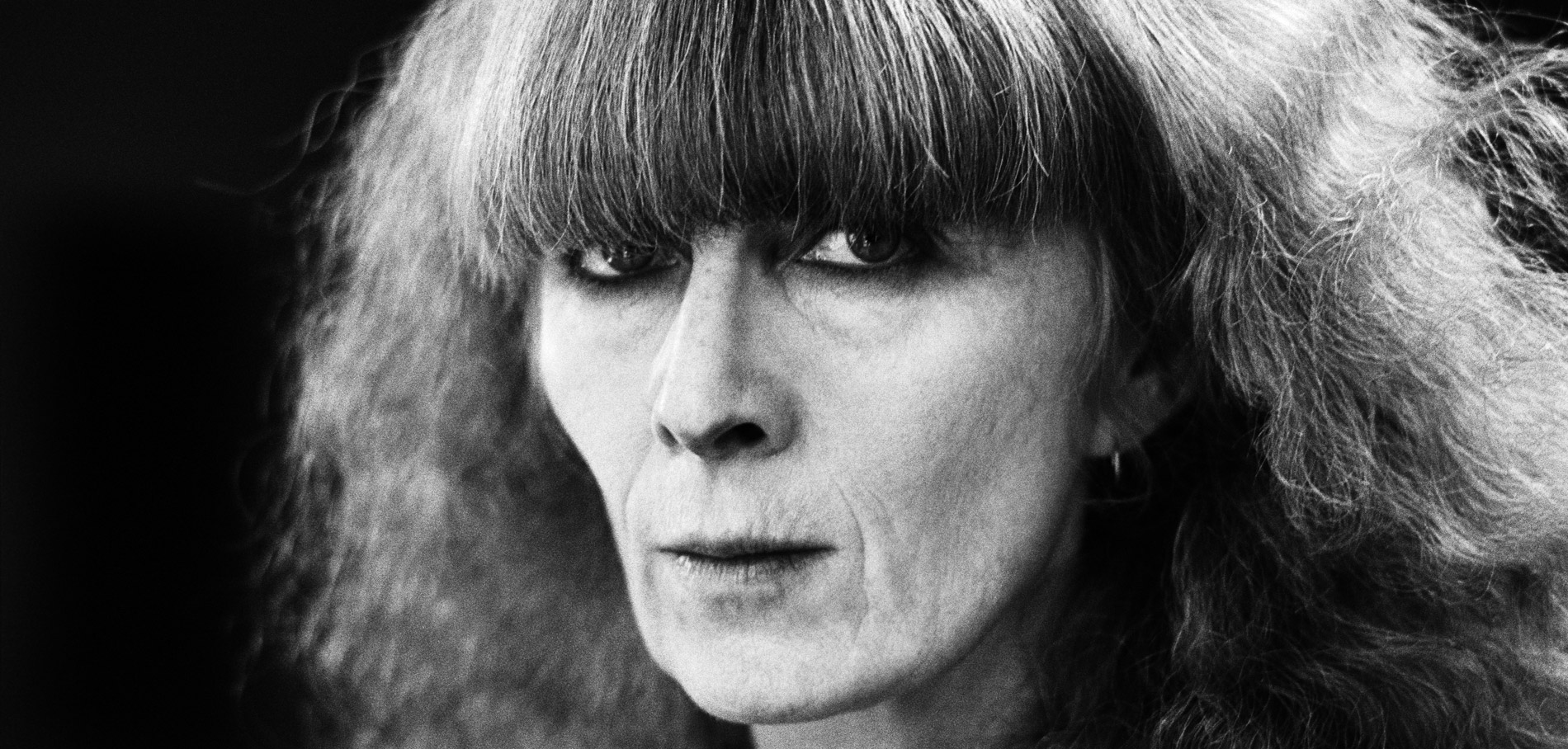This second wave of the China Barometer conducted by the consulting firm Promise Consulting provides an update on new entrants and closures, but above all allows to confirm the importance of Desirability and Exclusivity as indicators of their commercial and financial performance.
By Luxus Plus
Promise Consulting conducted its new study among 1000 women, aged between 18 and 45 years old and belonging to the 5% of the wealthiest households in China.
This China Barometer questions the sustainability of strong demand for expensive and highly desirable foreign brands.
The luxury fashion market in China is constantly growing and its customers are becoming more and more sophisticated. The new generation of Chinese customers is becoming much more demanding than its predecessors because their their quest for authenticity, personalization and uniqueness is more focused.
Indeed, the Chinese population has gone from a generation “educated by Mao but trained by Bill Gates” to a generation whose leitmotif is rather that there is “nothing reprehensible to please and reward oneself“.
The second wave of the China Barometer shows that desirability is a good predictor of revenue growth and that exclusivity is a key factor in the premium brand’s prices.
Focus on the leading brands in China
Philippe Jourdan and Jean-Claude Pacitto have developed, in collaboration with Alliance Berstein, a law called the “canyon law”. A constant feature of mature markets, “the law of the canyon” illustrates the “U” relationship between notoriety and desirability: three groups of brands stand out, niche brands that are desirable because of their confidentiality, iconic brands that are strongly known and desired, and finally, at the bottom of the canyon, brands that are moderately known and desirable, whose risk is to appear interchangeable in the eyes of wealthy customers.
The Western brands of very high luxury, which the partner of the Alliance Berstein study describes as “usual suspects”, maintain an eminent position, Chanel occupying an undisputed first place in all three dimensions.
In front of them, brands with an incredible score due to their iconic image: Armani, Saint-Laurent, Versace, Dior and Fendi. Prada, R. Cavalli and Lanvin, on the other hand, have been in slight decline for the past three years. Hermes and Burberry are also part of the ranking.
Desirable new brands in China
Shang Xia relies on “heritage to open up to modernity“. This approach, in line with the social and political aspirations of contemporary China, allows the company to be included in the ranking of the 10 most desirable luxury brands in China.
The Moncler brand also integrates this classification thanks to its vision shared between technology and nature, city and mountain and functionality and aesthetics. Moncler stands out among a young and urban Chinese clientele, eager to stand out.
Finally, the Milanese brand Etro is in second place in the desirability ranking thanks to a strategic bet “create your own niche, and you will always have a place on the market“.
The sophistication of the Chinese market reveals several observations. Emerging brands are enjoying strong growth. There are two factors leading to the desirability of luxury brands: status and niche quality. There is a correlation between brand awareness and market desirability. Finally, there is a major difficulty facing brands considered neither as very high luxury brands nor as cutting-edge brands.









